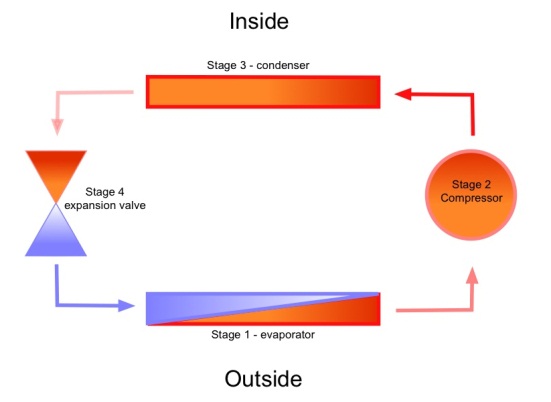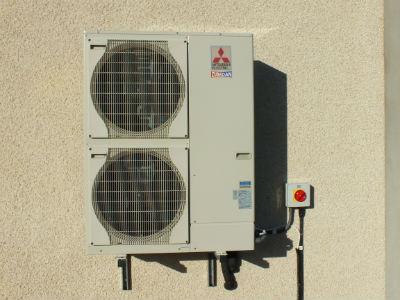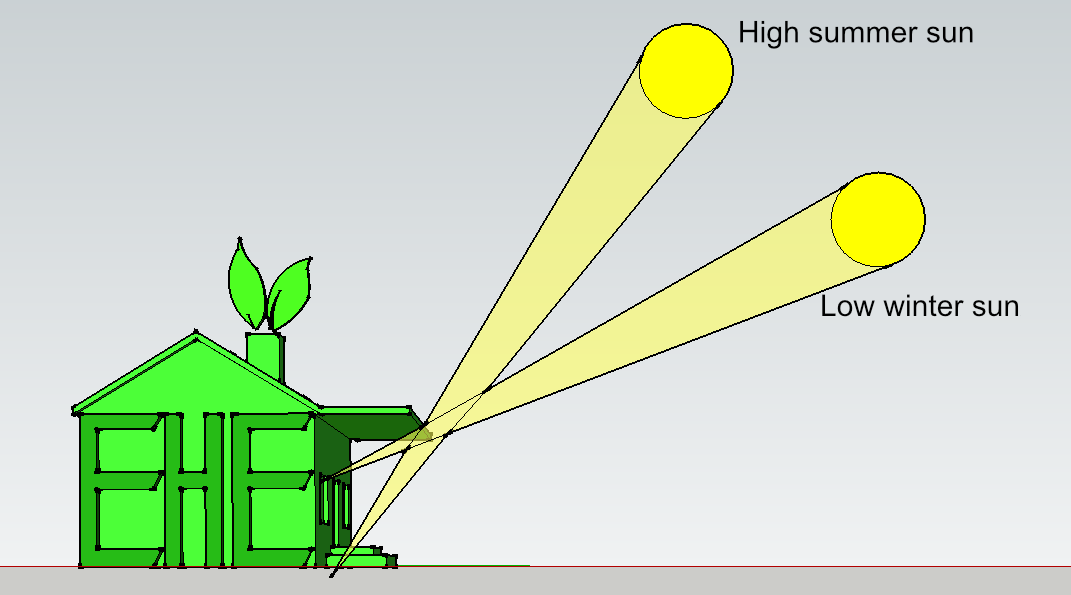- Home
- What are Heat Pumps
- How Heat Pumps Work
How Heat Pumps Work
How heat pumps work is one of those mystical questions that seem to pass many of us by and one we hope our kids don't ask us about.
Many of us are a little confused as to the principles behind them and how they actually manage to extract heat from an area where there doesn't appear to be any heat in the first place.
This isn't helped by the fact that heat pump information can be a little thin on the ground, or overly complicated. So I'm going to try and explain the basics without getting into all the jargon.
There are three main types of heat pump used in the UK at present:
- ground source heat pumps.
- Air source heat pumps.
- Water source heat pumps.
Ground source heat pumps were probably the most common up to around 2010. However since then air source heat pumps have rapidly taken their crown (likely due to the fact that they're much cheaper to buy and install).
The term heat pump is very appropriate, as they simply pump heat from one area to another. As heat always travels from warm to cold it's relatively easy to manipulate it to heat our homes by way of a simple heat pump.
How a Heat Pump Works:

How Heat Pumps Work - The Simple Explanation
The simplest way of describing a heat pump is to think of your fridge (which is actually a heat pump).
- Your fridge takes the heat from the air inside you fridge and pumps it to the coil mounted on the rear of your fridge.
- The heat from the coil is then transferred to the air outside the rear of your fridge. That's why the back of your fridge will normally feel warm if you were to put your hand round there.
Now to transfer the principle to heating your home:
Imagine the coil at the back of your fridge is the heating system in your home (either your radiators or underfloor heating) and the air inside the fridge is the air outside your home.
The heat pump draws heat out of the air surrounding your home and transfers it into your home via the radiators or underfloor heating system.
How Heat Pumps Work - The Slightly More Complicated Explanation
Now that we've got the principle here's a little more detail for those of you who want it:
- All heat pumps use a coil of refrigerant. This is used to take the heat out of the air, ground or water depending on your system.
- The refrigerant solution starts at low pressure. As we know heat always travels from warm areas to cold areas, so the heat from its surroundings is transferred to the cold refrigerant solution. It warms up until it ultimately evaporates to form a gas.
- The gas is then passed through a compressor where the increase in pressure heats the gas even further.
- The high pressure gas is then passed over a heat exchanger. On the other side of this heat exchanger is the cold water from your heating system. As we know the heat will transfer from the hot gas to the cold water, thus heating it up.
- At this stage the high pressure hot gas having transferred it's heat to the water in your house cools and condenses back into a liquid (but remains at a high pressure).
- This high pressure refrigerant liquid then passes through an expansion valve where the pressure reduces, cooling it further. At this point it starts the process again.
The heat released is then
used to heat the water in your heating system and storage tank.
Now that you know how heat pumps work the principle behind all the various types of heat pumps is the same, but the application is slightly different.
The next step is to go into a little more detail for each of the various types of heap pumps.
How a Ground Source Heat Pump Works:
- Within a ground source heat pump system the coil is either a "ground loop" of piping buried in trenches over a large area of land OR piping in a very deep vertical drill hole.
- The heat exchanger is located within your heat pump in the house.
- The ground loop or coil draws heat from the ground as the temperature underground remains fairly constant regardless of the surface temperature or time of the year.
How a Water Source Heat Pump Works:
- A water sourced system is very similar to a ground source system but the loops of pipe-work are laid at the bottom of a large pond or river and they extract the heat from the water rather than the ground.
How an Air Source Heat Pump Works:
- With an air source heat pump the entire unit is located externally as everything is housed in a single box.
- The heat transfer process is the same as above.
- Different types of air source heat pumps can either transfer the heat to your heating system as above or the heat can be transferred into air which is blown into individual rooms.
Now that you understand how heat pumps work, you will need to understand the advantages and disadvantages of each type.
These articles should help you make an informed decision on which type of heat pump is right for you.











New! Comments
Have your say about what you just read! Leave me a comment in the box below.